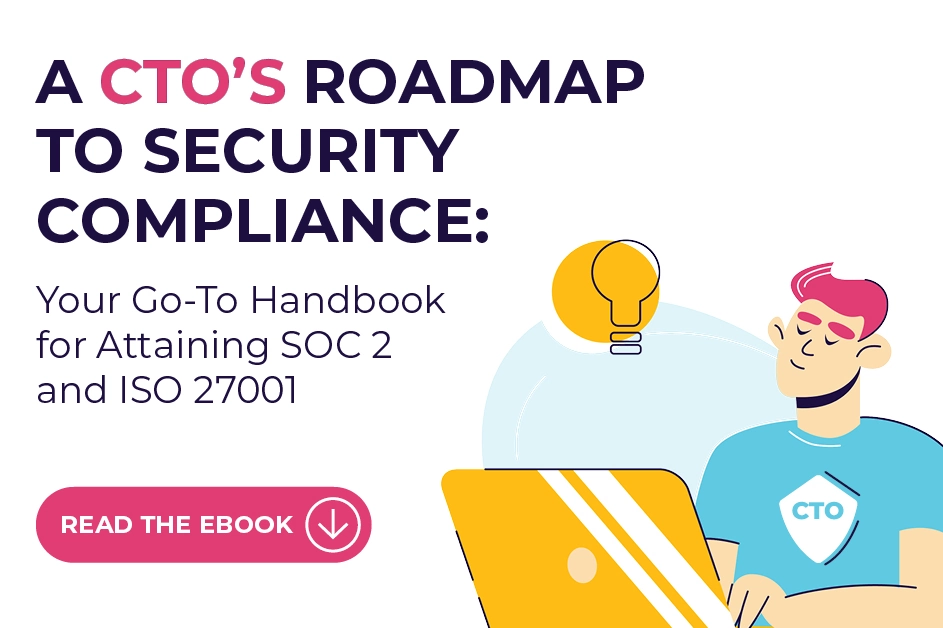Here are a few of the key benefits of ISO 27001 certification.
ISO 27002 Controls
ISO 27002 controls, also known as ISO/IEC 27002 or ISO 27002:2013, refer to a set of internationally recognized guidelines and best practices for information security management. These controls are part of the broader ISO/IEC 27000 series, which provides a comprehensive framework for establishing, implementing, maintaining, and continually improving an Information Security Management System (ISMS). ISO 27002 focuses specifically on security controls and serves as a valuable resource for organizations looking to safeguard their information assets against various cybersecurity threats.
Key Aspects of ISO 27002 Controls
ISO 27002 controls cover various aspects of information security management, providing a comprehensive framework for addressing cybersecurity risks. Some key aspects of ISO 27002 controls include:
- Control Categories: ISO 27002 organizes its controls into 4 broad categories, each addressing specific aspects of information security. These categories encompass everything from risk assessment and access control to cryptography, incident management, and compliance.
- Risk Management: ISO 27002 emphasizes the importance of a risk-based approach to information security. It guides organizations in identifying, assessing, and managing security risks, helping them prioritize their efforts to protect critical assets.
- Security Policies and Procedures: The controls provide guidance on developing and implementing security policies, procedures, and processes. This includes establishing roles and responsibilities, defining security objectives, and documenting security measures.
- Access Control: Controls related to access management help organizations ensure that only authorized individuals have access to information and systems. This includes user authentication, authorization, and monitoring.
- Cryptography: ISO 27002 controls offer recommendations for the secure use of cryptographic techniques to protect data confidentiality and integrity. This includes encryption, key management, and digital signatures.
- Incident Management: The controls provide guidelines for incident management and response, helping organizations detect, report, and mitigate security incidents effectively.
- Business Continuity: ISO 27002 addresses business continuity planning and disaster recovery, ensuring that organizations can maintain essential functions in the face of disruptions or disasters.
- Compliance: The controls help organizations comply with legal and regulatory requirements related to information security, privacy, and data protection.
ISO 27002 Certification
ISO 27002 controls themselves do not lead to certification. Instead, organizations seek ISO 27001 certification, which is achieved by implementing an Information Security Management System (ISMS) based on ISO 27001 and aligning it with ISO 27002 controls. ISO 27001 is the international standard for information security management systems.
To attain ISO 27001 certification, organizations follow a structured process that includes the following key steps:
- Gap Analysis: Organizations conduct a gap analysis to identify areas where their current information security practices do not align with ISO 27001 requirements and ISO 27002 controls.
- ISMS Development: Based on the gap analysis, organizations develop and implement an ISMS that incorporates the necessary policies, procedures, and controls to meet ISO 27002 guidelines.
- Risk Assessment: Organizations perform a comprehensive risk assessment to identify and evaluate cybersecurity risks and determine the appropriate controls to mitigate these risks effectively.
- ISMS Documentation: Organizations document their ISMS, including security policies, risk assessments, control measures, and incident response procedures.
- Internal Audit: An internal audit assesses the ISMS’s effectiveness and compliance with ISO 27001 and ISO 27002 requirements.
- Certification Audit: Organizations engage with a third-party certification body to undergo a certification audit. If the ISMS meets the necessary standards, the organization receives ISO 27001 certification.
Benefits of ISO 27002 Controls
Implementing ISO 27002 controls offers numerous benefits to organizations:
- Risk Reduction: ISO 27002 controls help organizations identify and mitigate cybersecurity risks, reducing the likelihood and impact of security incidents.
- Regulatory Compliance: Adhering to ISO 27002 controls assists organizations in meeting legal and regulatory requirements related to information security.
- Improved Security Posture: ISO 27002 provides a comprehensive framework for establishing strong security measures, enhancing an organization’s overall security posture.
- Business Continuity: The controls address business continuity and disaster recovery, ensuring organizations can maintain essential operations during disruptions.
- Enhanced Trust: ISO 27002 certification demonstrates an organization’s commitment to information security, enhancing trust among customers, partners, and stakeholders.
- Efficiency: ISO 27002 controls streamline security practices, making it easier for organizations to manage and maintain information security.
Challenges in Implementing ISO 27002 Controls
While ISO 27002 controls offer significant advantages, organizations may face challenges during implementation:
- Complexity: Implementing ISO 27002 controls can be complex, requiring a deep understanding of cybersecurity principles and best practices.
- Resource Constraints: Smaller organizations may find it challenging to allocate resources for the development and implementation of an ISMS aligned with ISO 27002.
- Continuous Improvement: Maintaining and continuously improving an ISMS based on ISO 27002 requires ongoing commitment and resources.
- Compliance Audits: Achieving and maintaining ISO 27001 certification involves regular compliance audits, which can be resource-intensive.
ISO 27002 controls are a vital component of information security management, providing organizations with a comprehensive framework for addressing cybersecurity risks and safeguarding sensitive information. While ISO 27002 controls themselves do not lead to certification, they play a crucial role in the development of an Information Security Management System (ISMS) aligned with ISO 27001. Implementing ISO 27002 controls helps organizations reduce risks, ensure regulatory compliance, and enhance their overall security posture in an increasingly digital and interconnected world.








